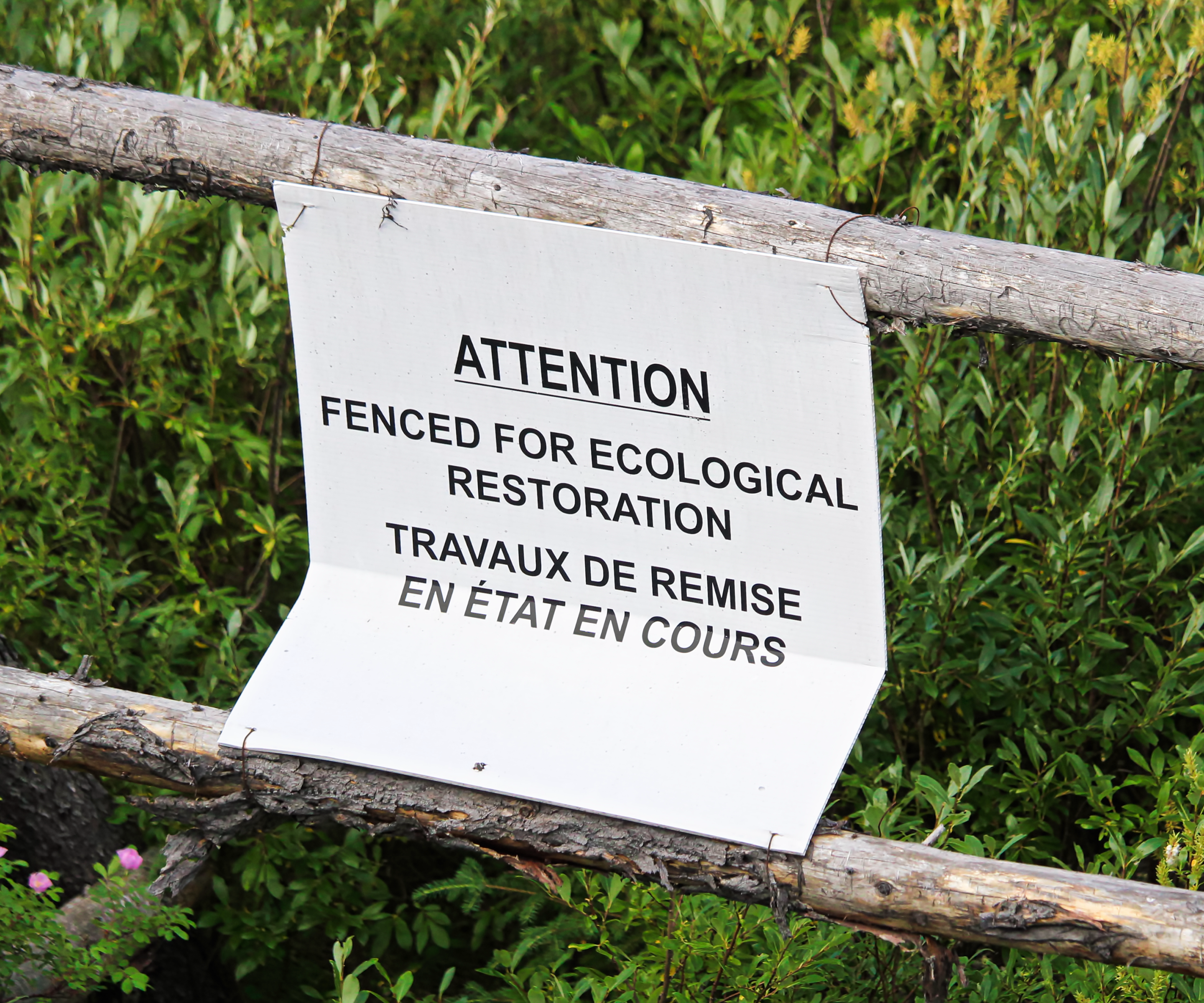Abstract
Much has been achieved by research into ecological restoration as a nature-based solution to the destruction of ecosystems, particularly in Canada. We conducted a national-level synthesis of Canadian restoration ecology research to understand strengths and gaps. This synthesis answers the following questions: Who is studying restoration? What ecosystem types are studied? Where is restoration studied? Which themes has restoration research focused on? Why is restoration happening? And how is restoration monitored and evaluated? We employed systematic searching for this review. Our results show that restoration research is conducted mainly by academics. Forest, peatland, grassland, and lake ecosystem types were the most commonly studied. There was a concentration of research in four provinces (Ontario, Quebec, Alberta, and British Columbia). Research into restoration has changed its thematic focus over time from reforestation to climate change. Legislation was the most common reason given for restoration. Restoration research frequently documented results of less than 5 years of monitoring and included one category of response variable (e.g., plant response but not animal response). Future research could investigate the outcomes of restoration prompted by legislation. At the dawn of the UN Decade on Ecosystem Restoration, this work demonstrates Canada's momentum and provides a model for synthesis in other countries.
Introduction
The scale of ecosystem degradation is massive: more than 75% of terrestrial lands have been severely altered by human actions, and one million species are at risk of extinction (Intergovernmental Science-Policy Platform on Biodiversity and Ecosystem Services 2019). Ecological restoration has emerged as a means of addressing this degradation, but the implementation lacks effectiveness (Jones et al. 2018). Knowledge synthesis is a crucial step to enhance and strategically build the effectiveness of restoration (Cooke et al. 2018). Knowledge synthesis and data sharing have the potential to help restoration practitioners engage with the available research and improve their practice based on the evidence (Ladouceur et al. 2022). Access to robust and wide-ranging knowledge supports two of the main principles—effective and efficient—of restoration (Keenleyside et al. 2012). There is an urgent need for restoration to be conducted at greater scales to meet the ambitious mission of the UN Decade on Ecosystem Restoration in addressing escalating global ecosystem degradation (Perring et al. 2018).
While the UN Decade is international in scope, ecological restoration projects tend to be executed at the national, provincial, or state levels. Restoration outcomes are sensitive to legislation, which suggests that synthesis of published research at the national and provincial scales can produce meaningful insights (Brudvig et al. 2017). Canada is a large country with diverse ecosystems, a resource-based economy with significant environmental consequences, and regulatory frameworks that require restoration (Cooke et al. 2016). Canadians developed the first national principles and guidelines for ecological restoration and the first international guidance for the World Commission on Protected Areas (Canadian Parks Council and Parks Canada 2008; Keenleyside et al. 2012); however. relatively little is known about characteristics of restoration in Canada.
Past syntheses in ecological restoration have focused on synthesizing knowledge of specific ecosystems and restoration methods (Bernhardt et al. 2005; Dhar et al. 2020; Huffman et al. 2020) or have reviewed knowledge at a global level (Wortley et al. 2013; Jones et al. 2018), but greater understanding at the national and provincial level can inform future research directions and aid practitioners. To that end, here we conduct an evidence mapping exercise to understand what has been studied in Canada and discover objectives for future research. This review searched for and screened articles from several databases. The authors then conducted manual tagging and extraction of data from studies (systematic mapping) and an automated analysis of keywords (bibliometric analysis) to answer the questions posed above.


